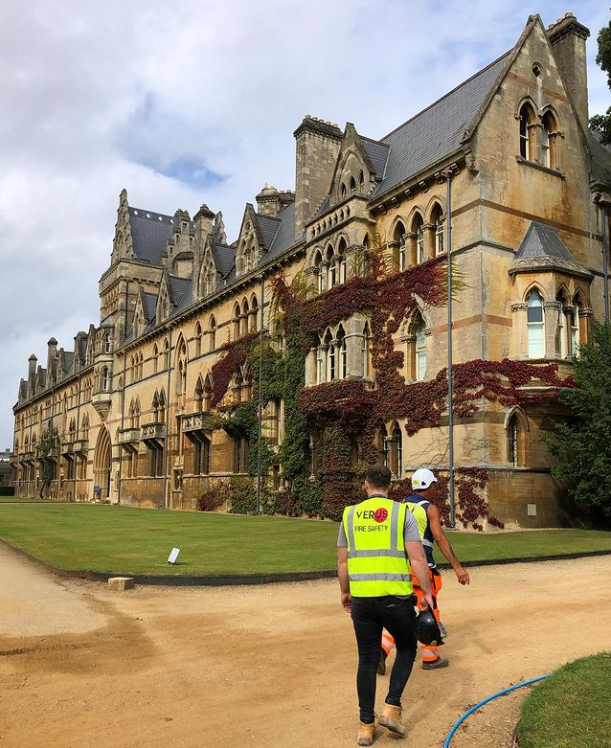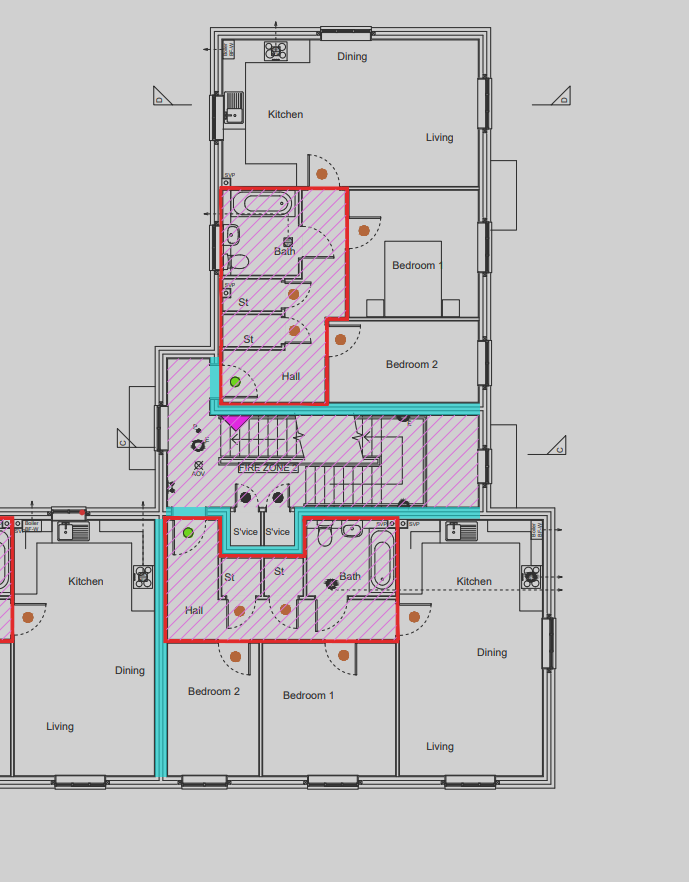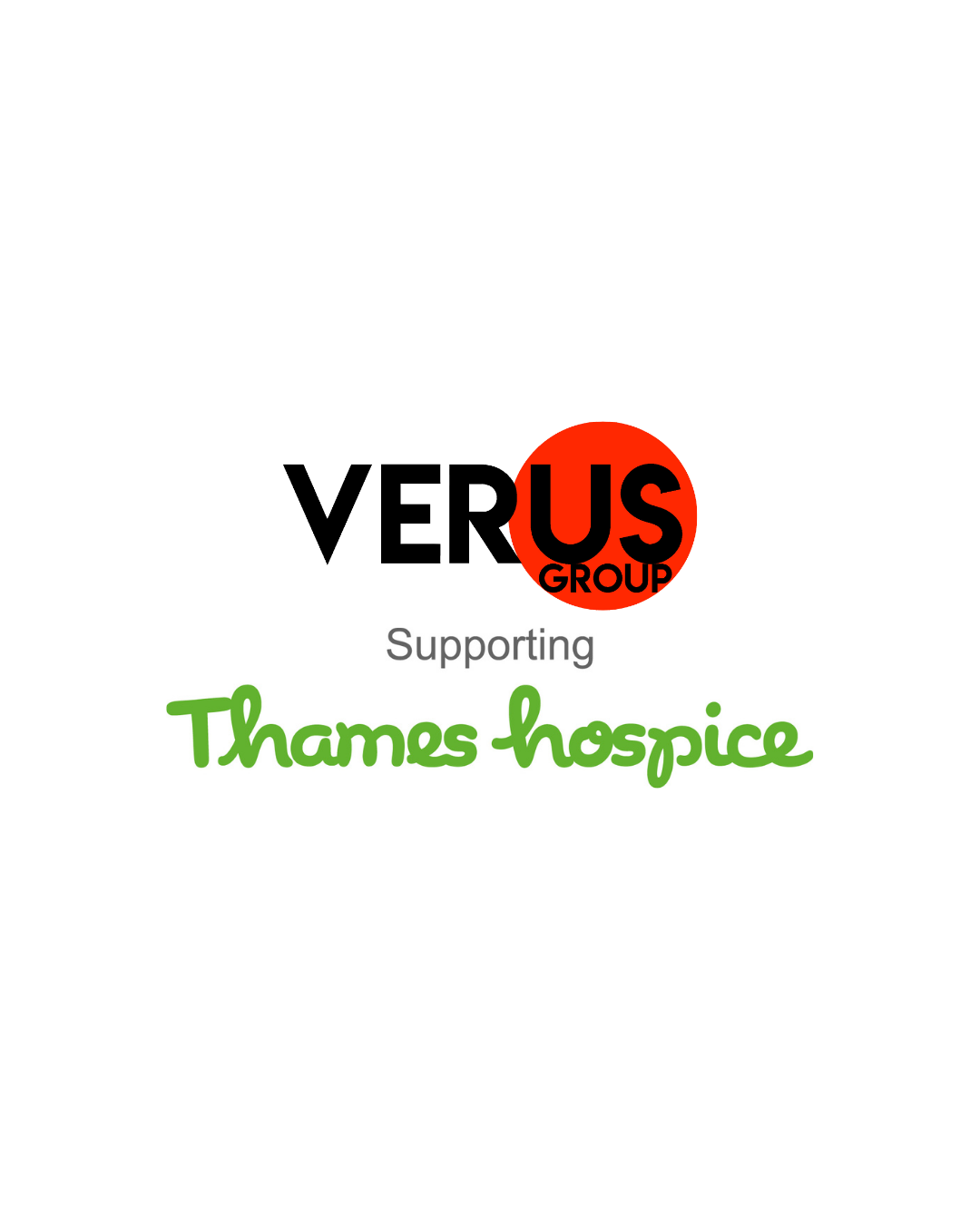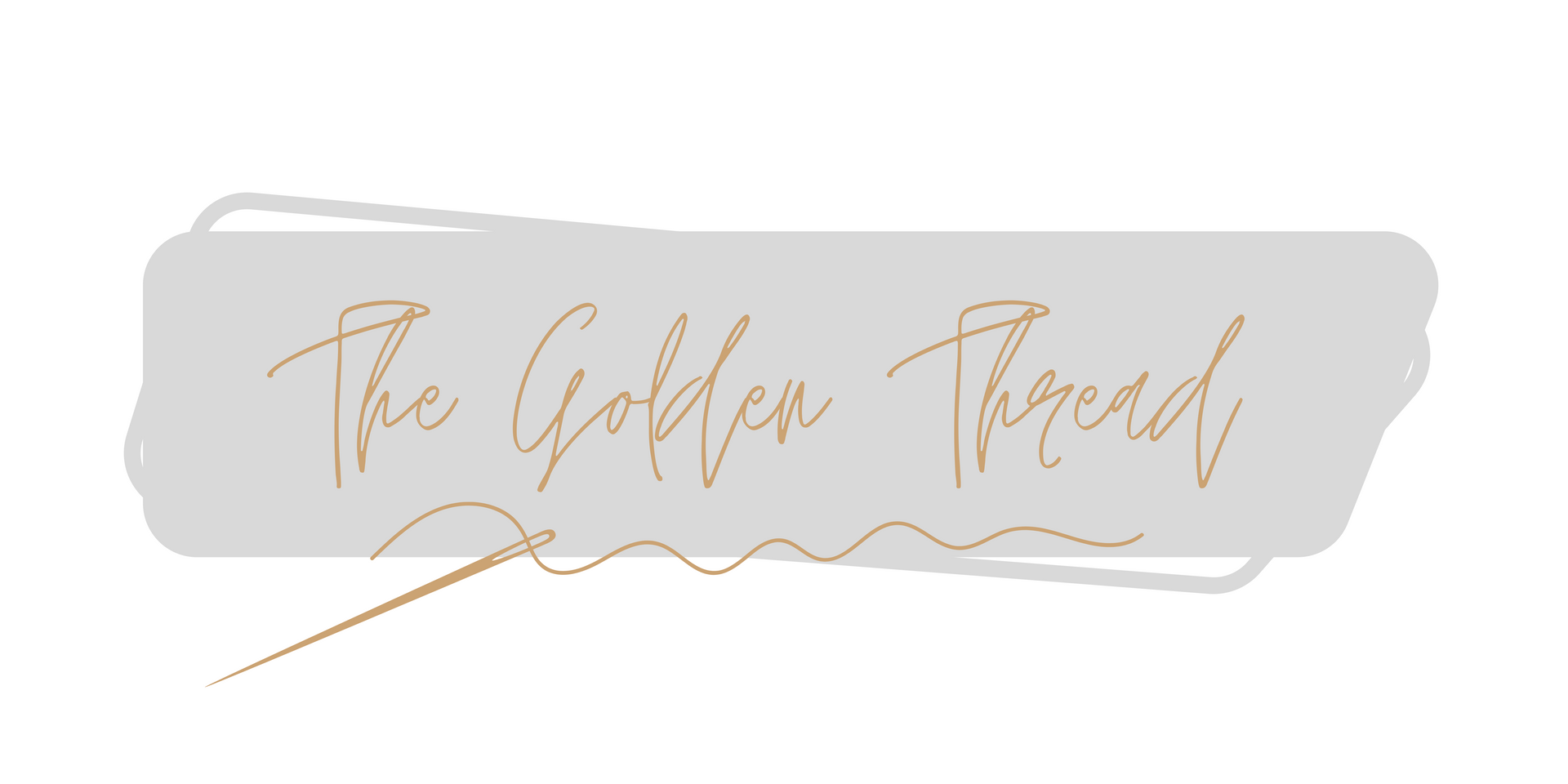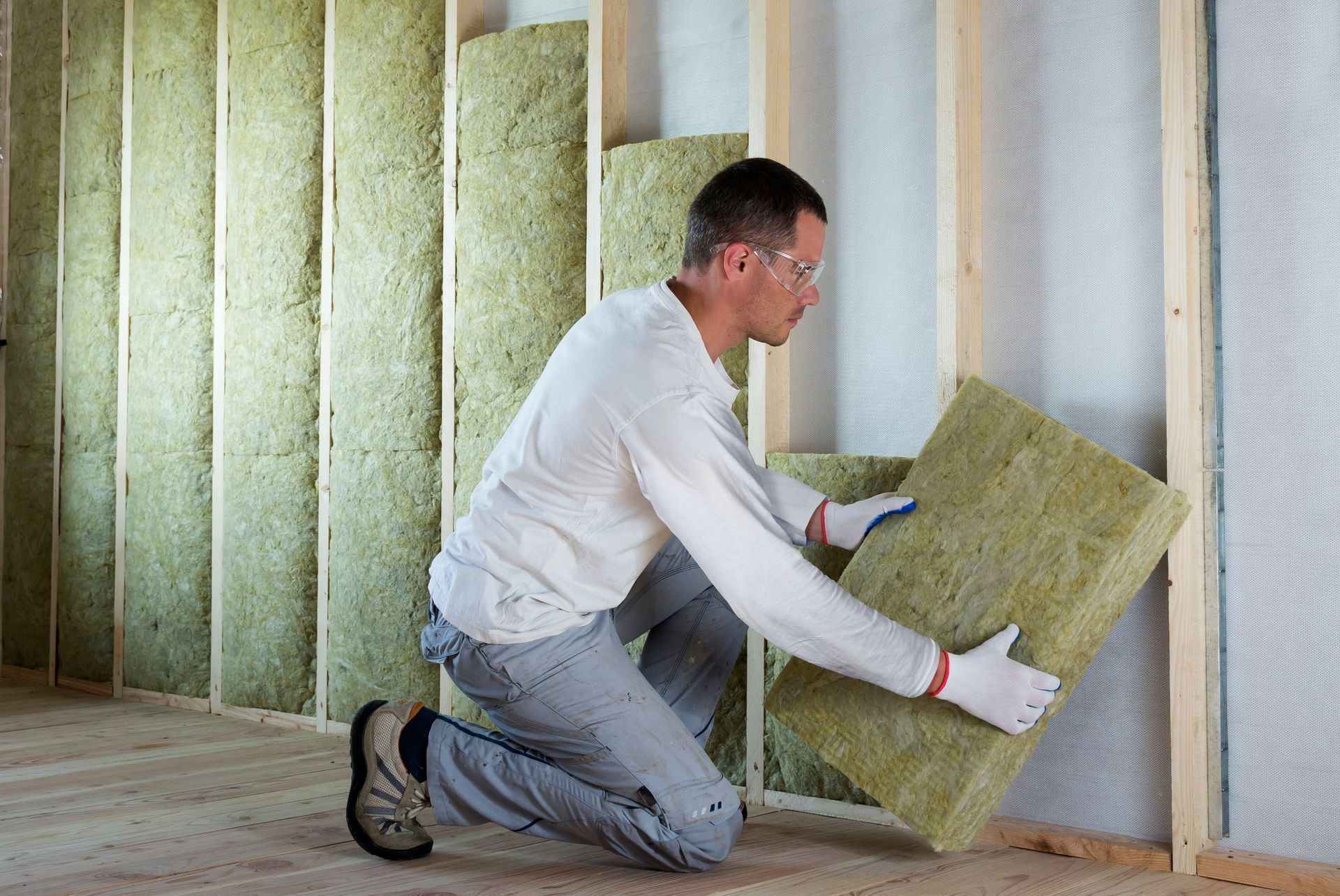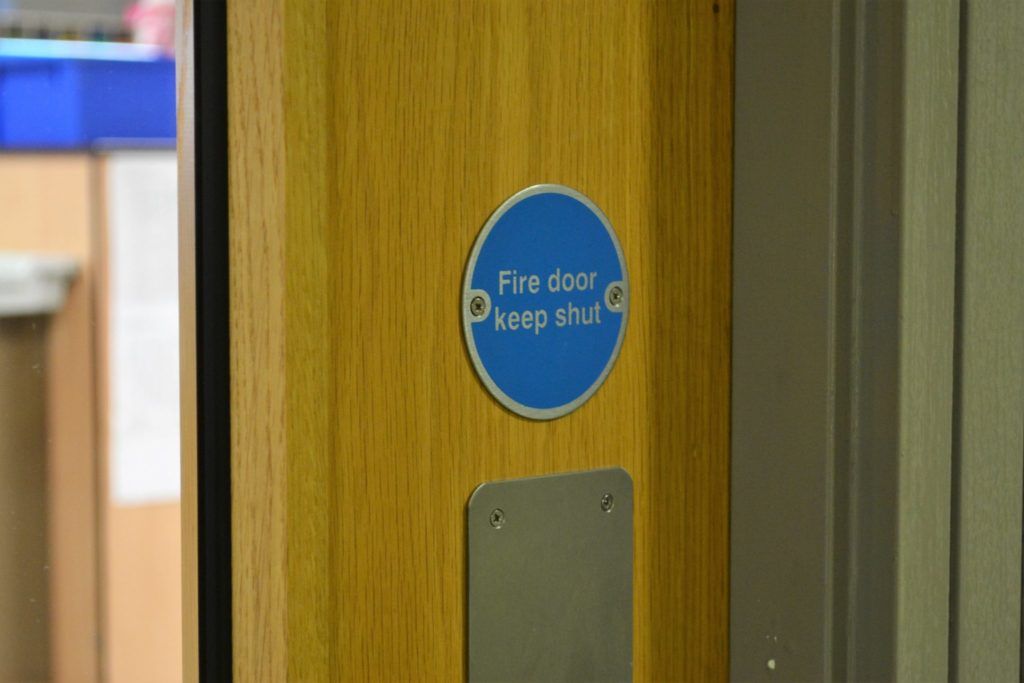ENSURING FIRE DOOR INTEGRITY: A GUIDE TO VITAL SAFETY CHECKS
10 fire door checks that could save a life

Research shared by the Chief Fire Officers Association (CFOA) in September 2016, stated that 53% of people did not know how to spot an uncompliant fire door.
Would you know what to check? If not, we have created a comprehensive guide on 10 basic checks that could save a life.
Authenticity: Check for Certification: Ensure that the fire door is authentic and has been certified by a reputable testing organisation. Inspect the top or side of each door for a fire-resistance rating label. In the absence of such a label, it is probable that the fire door is not designed as a fire door and may not provide adequate protection during a fire.
Signage:
Fire Door Labels and Signage: Check for proper signage that clearly identifies the door as a fire door. Ensure that any labels or signs are intact and easily visible. By law, all fire doors must have all the correct signage, so users can identify and fire door and know they should always be kept shut, unless held open by a electromagnetic device.
Door Handles and Panic Bars:
Operational Handles and Panic Bars: Test the door handles and panic bars for smooth operation. They should open and close without excessive force and should not jam or grind. If they do, it means they need cleaning. Ensure they return to the closed position when released. In the event of a fire, you should be able to escape quickly and easily.
Locks and Latches:
Lock Mechanisms: Verify that the locks and latches on the fire door are functioning correctly. Make sure they engage properly when the door is closed and can be easily unlocked from the inside without a key. Fire doors should not rattle and should be fully engaged with the strike plates.
All hardware on a fire door should be fire rated in line with British Standards.
Door Seals:
Intact Door Seals: Check the integrity of the door seals, including intumescent seals and smoke seals. The first check is that they are not missing from the fire door.
Secondly, they must be in good condition and not been tampered with. These seals help contain fire and smoke and if they are damaged or missing, they must be replaced promptly.
Hinges:
Hinge Condition: On fire doors, there must be a minimum of three hinges. Inspect the hinges for wear, damage, or misalignment. Check that the hinges are free from metal fragments and oil leakage, as this could be a sign of dangerous wear and tear. The door should fit snugly within the frame without gaps. Lubricate hinges as needed to ensure smooth operation.
Gaps:
Consistent Gaps: Examine the gaps around the perimeter of the door. The gaps around the fire door should be 2-4mm to prevent the passage of smoke and fire. If you do not have a Tapered Gauge, you can use an old £1 coin which is about 3mm in thickness, to do an approximate check.
Manual Door Closers:
Functional Door Closers: Fire doors require door closers, and it is imperative to properly install and maintain these closers to ensure that fire doors securely shut against the frame. Signs of door closer malfunctions include wear and tear, oil leakages and the presence of metal fragments. Adjust the closing force and speed as needed to meet the manufacturers instructions and relevant safety standards.
Hold Open Devices:
Hold Open Mechanisms: It is illegal for a fire door to be propped open by an object, however, they can be held open legally with electromagnetic devices. These devices use an electromagnetic mechanism to hold a fire door open under normal conditions, but will receive a signal to release it in the event of a fire, power failure or when the fire alarm is activated. If the fire door is equipped with hold open devices, check their functionality. They should release and allow the door to close in the event of a fire alarm.
Panic Exit Devices:
Emergency Exit Devices: Inspect panic exit devices (also known as push bars) to ensure they function correctly. Verify that they allow an easy, immediate exit from the building without the need for special knowledge or tools. It should take less than 10 seconds to exit using a panic exit device. An evacuation fire drill could determine whether the panic exit needs repairing or replacing,
and should be done on a regular basis to practice evacuation procedures. Remember to record the results.
By following these ten essential fire door checks and incorporating them into your building's maintenance routine, you contribute to the safety and well-being of everyone in the building. Fire doors play a critical role in containing fire and smoke, allowing for safe evacuation, and ultimately, saving lives in the event of a fire emergency.
If you have encountered an insufficient fire door in your residence or workplace, please get in touch with us on 03302200303.
